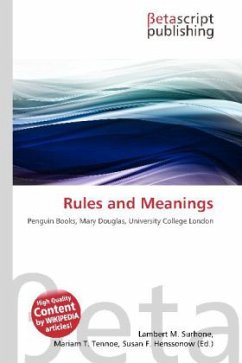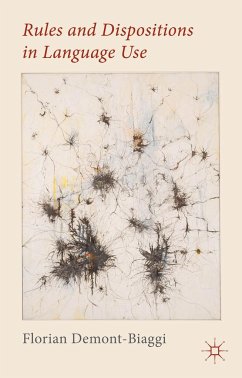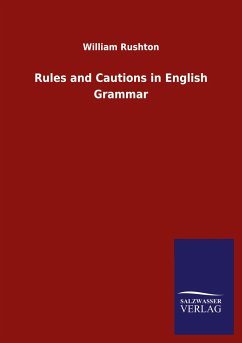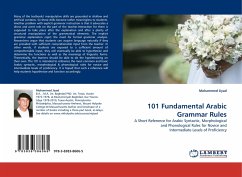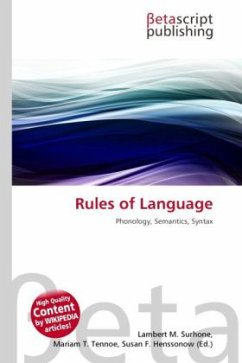
Rules of Language
Versandkostenfrei!
Versandfertig in 6-10 Tagen
23,99 €
inkl. MwSt.

PAYBACK Punkte
12 °P sammeln!
Language is typically said to be governed by a group of unspoken rules: phonological, semantic, syntactic, pragmatic, prosodic, and idiosyncratic. These rules shape the way language is written, spoken, and interpreted. Phonological rules describe the systematic relationship between sounds. They are responsible for determining what a symbol, or letter of the alphabet, sounds like. For example, the "gh" in the word "cough" creates an "f" sound in that particular word, whereas the same two letters remain silent in the word "although." Semantics is the relationship between symbols and the things t...
Language is typically said to be governed by a group of unspoken rules: phonological, semantic, syntactic, pragmatic, prosodic, and idiosyncratic. These rules shape the way language is written, spoken, and interpreted. Phonological rules describe the systematic relationship between sounds. They are responsible for determining what a symbol, or letter of the alphabet, sounds like. For example, the "gh" in the word "cough" creates an "f" sound in that particular word, whereas the same two letters remain silent in the word "although." Semantics is the relationship between symbols and the things they refer to. Semantic rules are the agreed-upon definitions of words. These rules are specific to each language and to each group of symbols in the language.






